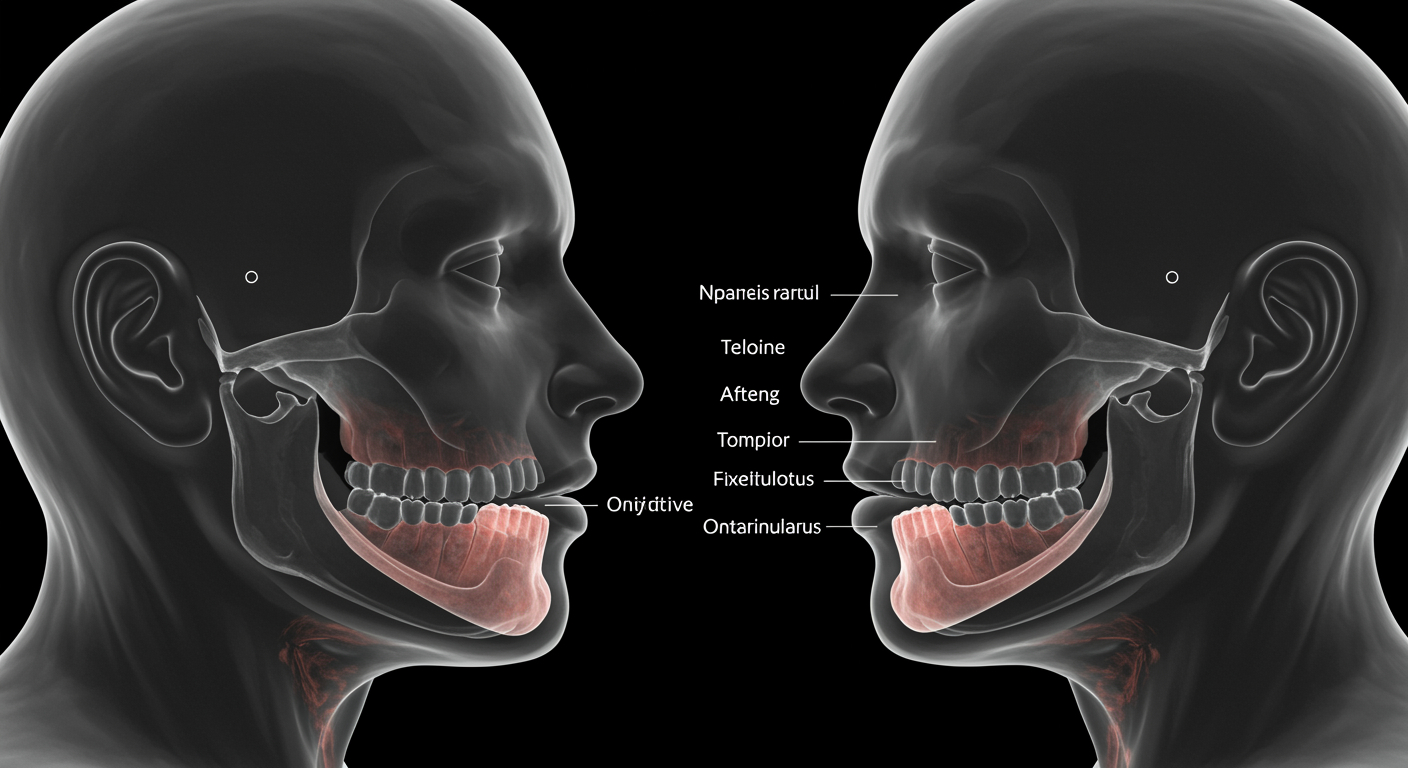Oral surgeries range from routine tooth extractions to complex corrective procedures requiring advanced expertise. While most oral surgeries are performed to address pain, prevent future dental complications, or improve oral function, not all surgeries are created equal. Some stand out as more challenging due to their inherent complexity, the patient’s unique factors, or the intricacy of the procedure itself.
Whether you’re a dental patient preparing for oral surgery, a dental student exploring the field, or a future surgeon seeking insight, this blog unpacks the hardest oral surgeries and what makes them so demanding to execute successfully.
Why Are Certain Oral Surgeries More Difficult?
Before we explore specific procedures, it’s important to understand why some surgeries are harder than others. There are several key factors that can increase a surgery’s difficulty:
1. Patient Health Conditions
Certain patient-related factors can make oral surgeries more challenging. For example, patients with health conditions like diabetes, bleeding disorders, or osteoporosis have lower healing capacities, which adds a layer of caution for surgeons. Additionally, some patients experience high levels of anxiety or require alternative sedation methods, which can impact the procedure’s approach.
2. Anatomical Complexity
The anatomy of the jaw and teeth also plays a pivotal role. Complex root systems, proximity to nerves or sinuses, and dense bone structures often make oral surgery more intricate. For instance, patients with unerupted wisdom teeth near the mandibular nerve present a heightened risk of nerve damage during extraction.
3. Procedure Complexity
The technical precision required for certain surgeries elevates the difficulty. Procedures involving bone grafting, tissue regeneration, or jaw realignment often demand extensive expertise, specialized tools, and long surgical durations.
Now that we’ve covered the factors contributing to complexity, here are the most difficult oral surgeries and what makes them so challenging.
1. Impacted Wisdom Teeth Removal
Wisdom teeth removal is one of the most common oral surgeries, but it’s not always straightforward. Surgery becomes particularly difficult when dealing with impacted wisdom teeth. Impacted teeth fail to fully erupt due to blockages by other teeth or insufficient space in the jaw.
Why Is It Challenging?
- Nerve Proximity: Lower wisdom teeth are often close to the inferior alveolar nerve, increasing the risk of temporary or permanent nerve damage.
- Bone Density: Some impacted teeth are embedded in dense bone, making removal physically harder and requiring additional tools like a surgical drill.
- Odd Angles: When wisdom teeth grow at irregular angles, such as horizontally or backward, they can exert pressure on neighboring teeth and gums. These angles complicate their extraction.
For patients, the recovery process can also be challenging due to swelling, pain, and elevated infection risks. Oral surgeons need to map out the exact positioning of teeth using X-rays or CT scans before proceeding carefully.
2. Complex Tooth Extractions
A seemingly simple tooth extraction can escalate into a complex surgical procedure when certain factors are involved. Extracting decayed, broken, or fractured teeth requires more than just pulling the tooth.
Why Is It Challenging?
- Deep Decay or Infection: Severely decayed teeth can break during extraction, leaving fragments behind in the bone. These fragments need to be carefully removed to avoid infection.
- Anchored Roots: Some teeth develop long or curved roots embedded deep in the jaw. Extracting these teeth without damaging surrounding tissues or bone is technically demanding.
- Compromised Bone Health: If patients have compromised bone density, such as in cases of osteoporosis or heavy smoking, their bones may fracture during extraction.
Surgeons performing these extractions may need to section the tooth into smaller pieces or use advanced surgical tools to access and remove affected roots properly.
3. Corrective Jaw Surgery (Orthognathic Surgery)
Corrective jaw surgery, or orthognathic surgery, corrects misaligned jaws or severe overbites and underbites. It’s a highly technical surgery often performed to improve appearance, correct bite function, and address breathing issues caused by structural abnormalities.
Why Is It Challenging?
- Multi-Step Process: Orthognathic surgery is not a standalone procedure. It often requires months of preparation, including braces for teeth alignment prior to surgery, and post-operative orthodontic care afterward.
- Extensive Planning: Surgeons must plan precisely, using 3D imaging technology to simulate jaw movements, correct alignment, and predict outcomes.
- Complex Adjustments: The surgery involves cutting and repositioning either the upper jaw (maxilla), lower jaw (mandible), or both. The placement must be exact to avoid misalignment or functional issues.
Recovery times are extensive, with patients needing weeks or even months to fully heal. Proper care during this period is critical for long-term success.
4. Dental Implant Placement with Bone Grafting
Dental implants are artificial tooth roots surgically placed into the jawbone to support replacement teeth. While straightforward cases of implant placement are routine, the process becomes significantly more difficult when bone grafting is required.
Why Is It Challenging?
- Bone Loss: Patients with bone loss due to advanced gum disease, trauma, or tooth loss may not have enough healthy bone to anchor the implant securely. A bone graft builds up the jawbone, but the success of this step depends on the patient’s ability to regenerate bone post-surgery.
- Precision Requirements: Implant placement requires exact precision to avoid damaging surrounding tissues like nerves or sinuses.
- Material Compatibility: Surgeons must carefully select grafting materials that will integrate well with the patient’s anatomy.
The combination of bone grafting with implant placement often spans months, requiring multiple surgeries and thorough healing between procedures.
Expert Care is Key
For patients undergoing these difficult oral surgeries, the expertise of the surgeon is the most crucial factor in ensuring a successful outcome. From nerve-safe wisdom tooth removals to advanced 3D-guided jaw surgeries, oral surgeons rely on years of training and advanced tools to provide the best care possible.
If you’re preparing for a complex oral surgery, discuss the procedure thoroughly with your oral surgeon. Ask about the approach, potential challenges, and recovery expectations to ensure you’re well informed every step of the way.





